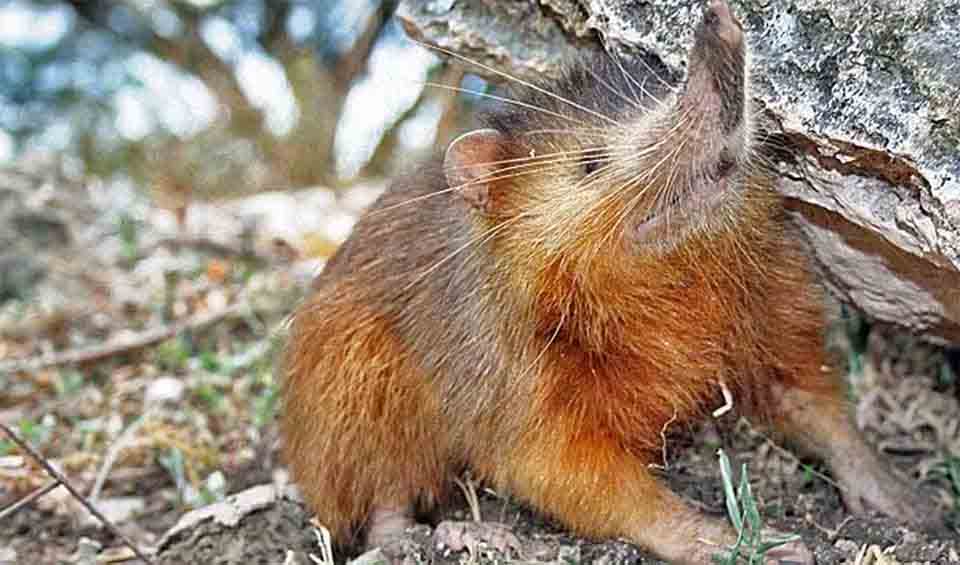Soricomorpha – Shrews
'Shrew-formed,' are animals with short, powerful limbs and fusiform bodies
Shrews are small mammals that often go unnoticed due to their secretive and predominantly nocturnal nature. These creatures are well-adapted to their respective ecological niches, with many species flourishing at higher altitudes where the cool, moist conditions are well-suited to their delicate water balance. Their small body size, though an advantage in burrowing and navigating through dense underbrush, predisposes them to rapid water loss, making their preference for wetter areas a critical aspect of their survival.
A remarkable feature of the Soricomorphs is their voracious appetite, a result of their fast metabolism. They are the embodiment of nature’s fervent energy, with lactating mothers consuming up to three times their body weight in food to produce energy-rich milk for their offspring. This insatiable hunger is a testament to the intense demands of raising their young and sustaining their own energetic lifestyles.
The diminutive pygmy white-toothed shrews stand as the tiniest members of this order, with their minute size belying their spirited tenacity. On the opposite end of the scale, the Cuban solenodons, with their distinctive elongated snouts and venomous saliva, are the largest, embodying the unique evolutionary paths within the Soricomorpha.
These animals are predominantly nocturnal, a trait that allows them to forage for food under the cover of darkness, thus avoiding many predators. However, adaptability is a hallmark of the order, and a few species break the mold by seeking sustenance during daylight hours, showcasing their flexibility and survival strategies.
The fleeting lifespans of shrews, typically ranging from one to two years in the wild, underscore the relentless pace of their existence. In contrast, moles, shielded from the high predation rates of the wild while in captivity, have been known to live up to seven years, suggesting that the dangers of their natural environment play a significant role in their typically short lifespans.
Families in this order
While they may appear small and unimportant, shrews are among the most voracious predators on our planet
The first tapids are believed to evolve from shrew-like creatures that were adapted for digging during the late Eocene in Europe
One of the most unusual-looking and poisonous mammals in the world




